Enlivening fountainsWritten by Paul BourkeAugust 2016
Water fountains by their very nature are dynamic entities, the water never flows or is propelled in exactly the same way at any instance of time. This is particularly so for fountains in windy conditions. As such, photographs of water fountains appear static and somewhat dull, they fail to capture the dynamic nature. The following documents various experiments to enliven images of fountains by combining large numbers of photographs captured over time. Example 1
As an example consider the following single photograph of a fountain in the township of Renmark, South Australia. 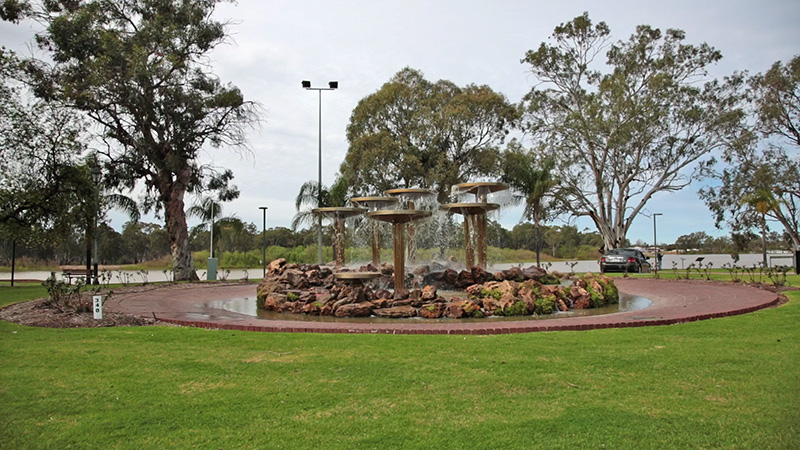
In the next image 5000 frames are combined with a lighten filter. If C'(i,j) is the final value for each pixel (i,j) and C(i,j,t) is the pixel value at (i,j) at frame t, and L is the lighten operator then this combination can be written as
For this to work as intended the camera obviously need to be stationary and the effect as with most discussed here will affect any objects moving in the scene. 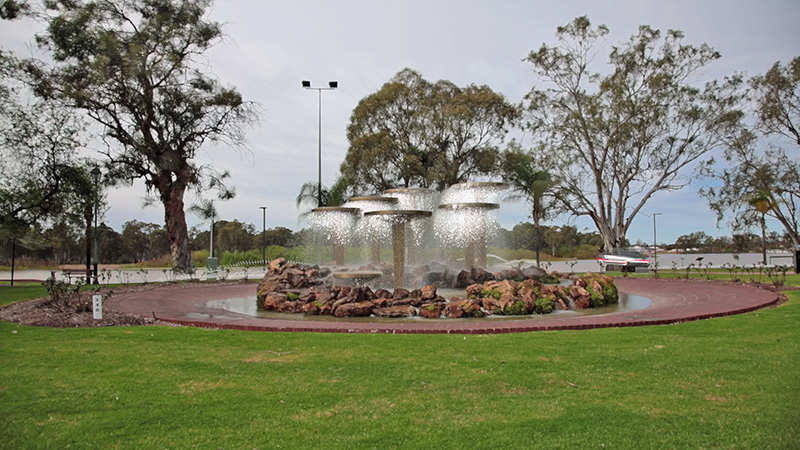
In the following 5000 difference frames are added to the first frame, and described by the equations 
Where A is an arbitrary scaling factor to enhance or reduce the combined result. For this operation and indeed for many other repeated additions the calculations are performed in floating point for each red, green and blue values. The conversion to 8 bit colour only occurs at the end of the process after scaling. In actually the results are also saved as a 16 bit per RGB to improve dynamic range which in turn facilitates post processing. 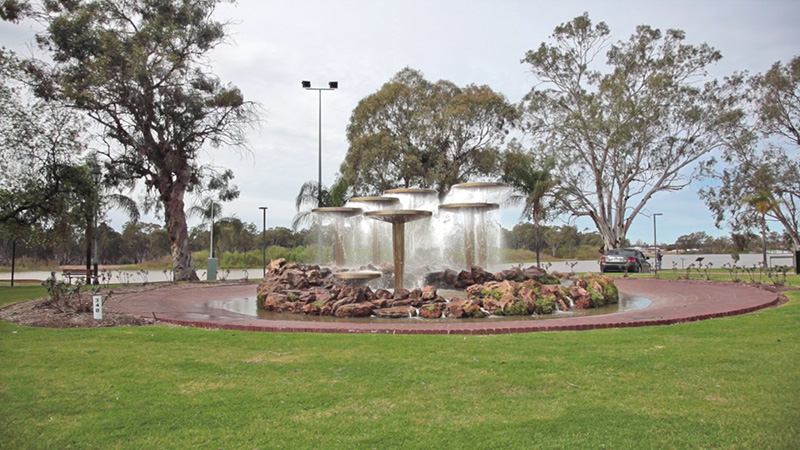 Example 2
Of course this is essentially the same as a long exposure except it provides much more flexibility. For example, one is not locked into a particular time window, one does need to estimate exposure settings for an otherwise fixed time window, and one can remove frames for which unwanted objects/people/animals enter the frame. For example in the following from Adelaide, joggers were regularly running past the camera. These frames can simply be removed and the processing repeated, a luxury not available in "in-camera" long exposures. 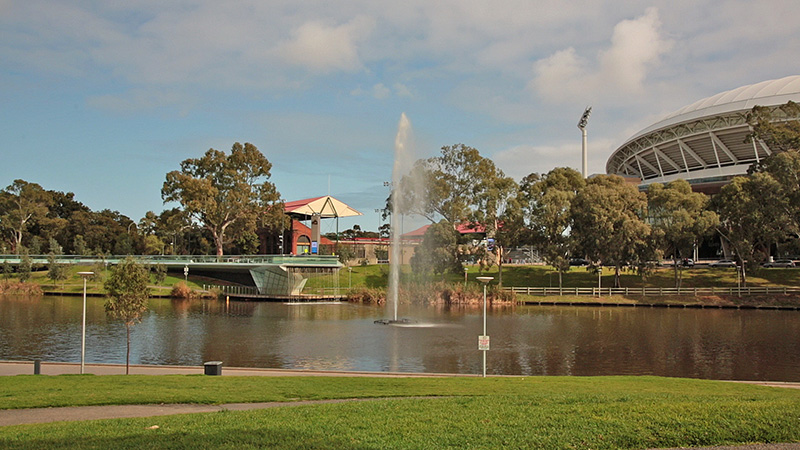
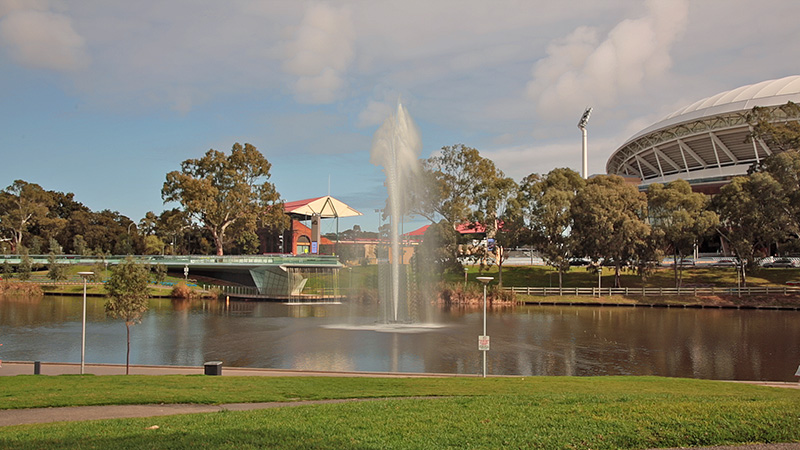 Example 3
Given the water from a fountain is often light in colour, especially when reflecting light, one might also consider a maximum filter. That is, the final colour of a pixel is the maximum pixel across the image sequence.
The maximum may be based upon a number of metrics, the brightness but even simple maximum per RGB will often suffice. 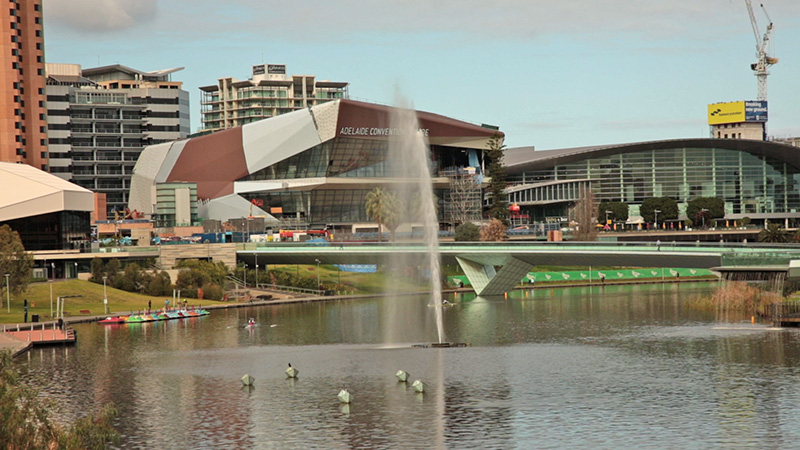
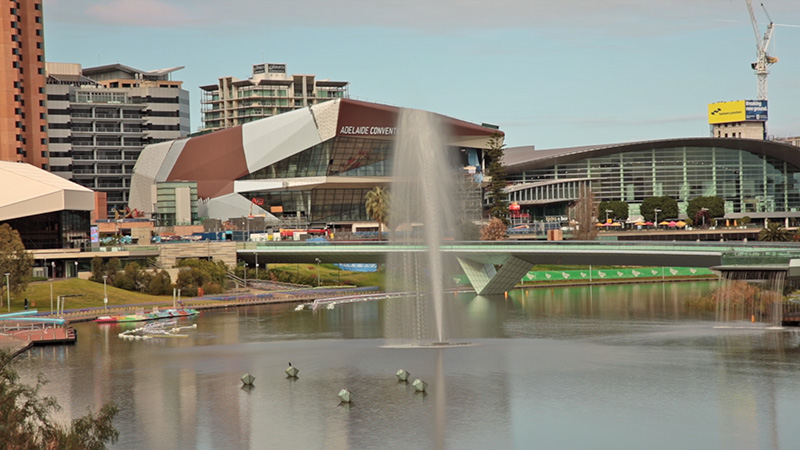 Pipeline
The general pipeline then is to capture a large number of photographs, this can be achieved by time-lapse if high quality is required or simply a movie recording. In the later the frames are exported from the movie. Software is developed that scans through the frames and applies the chosen filter.
Usage: addframes [options] mask istart istop
Options:
-f s filter type (a,v,m,l,d,b,x,y), default: 'a'
a - add
v - average
m - maximum
l - lighten
d - darken
b - update significant difference between frames
x - add darker of blue channel
y - add difference between subsequent frames
-o s output file name
Example 4
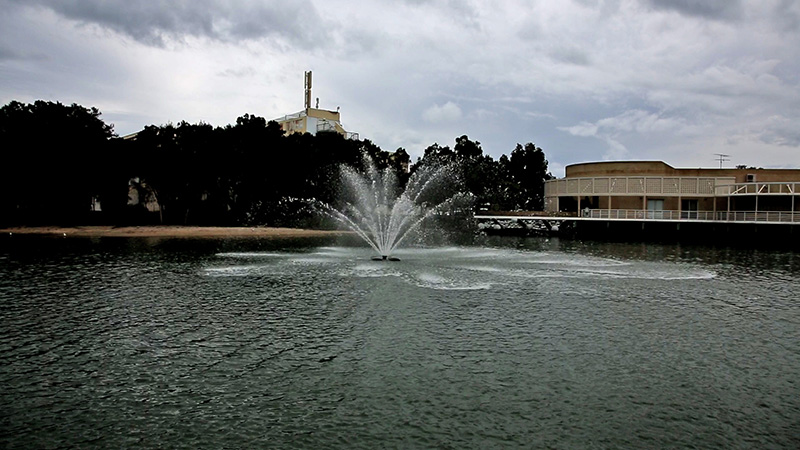
Running average filter. 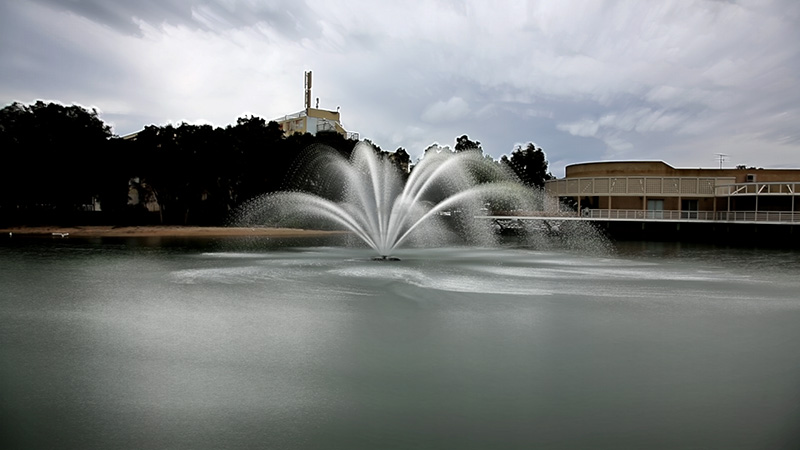
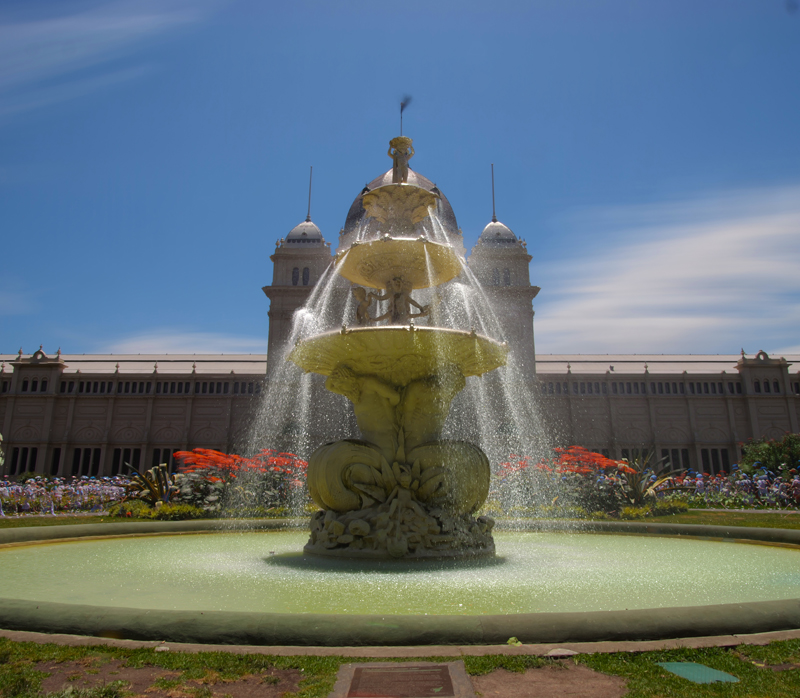 Sunsets
Same technique applied to sunsets. 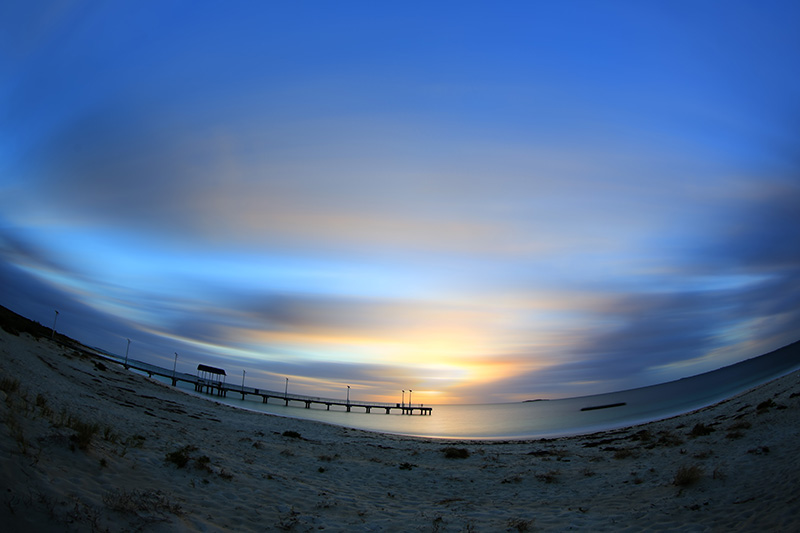
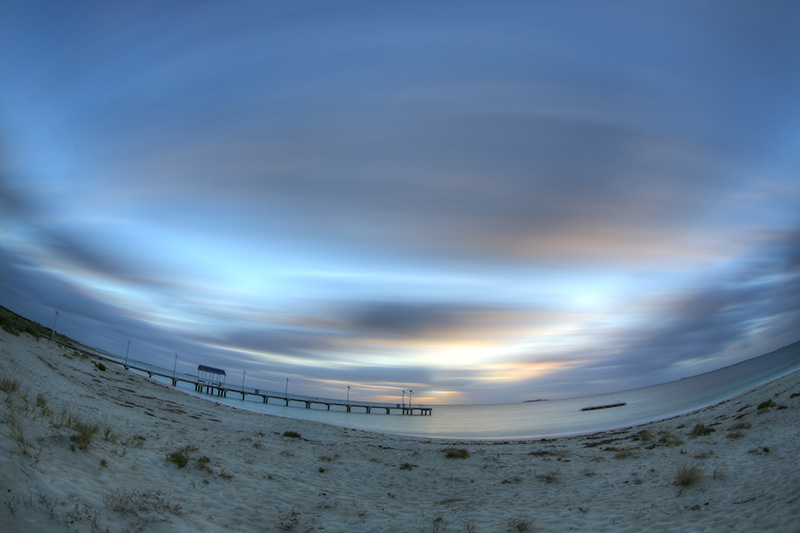
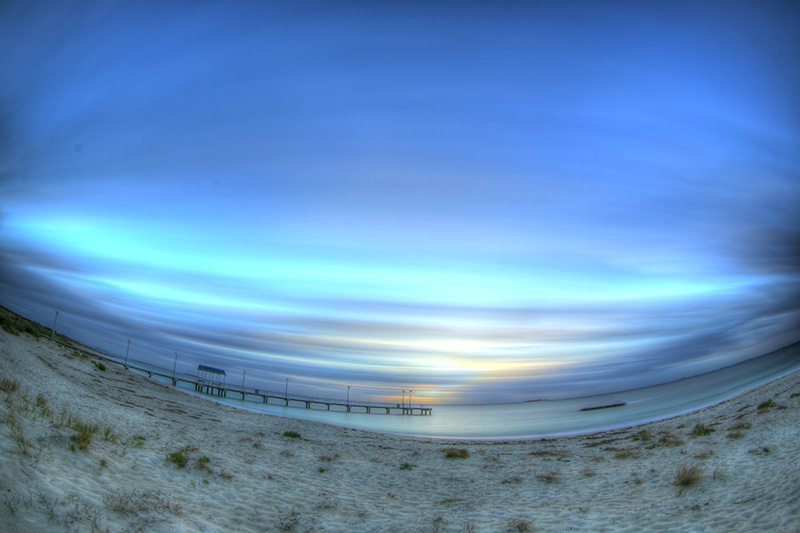
Sky effects
Another nice effect is to apply the above to dynamic skys. In the following this is a 5 minute average applied to the equirectangular footage from a 360 video camera. From Matagarup Bridge in Perth, Western Australia. 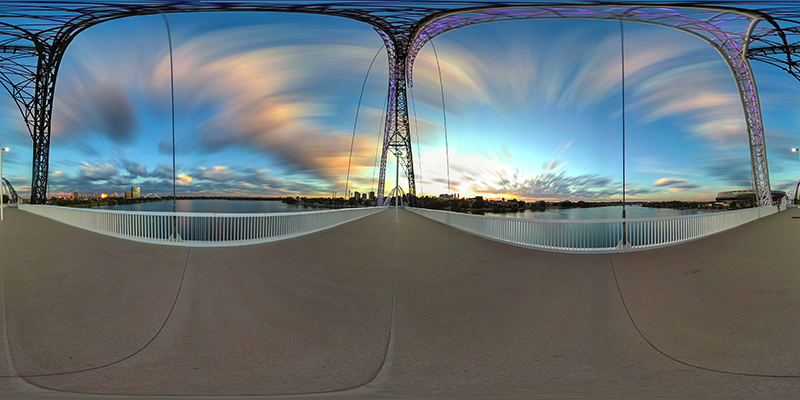
And turned into stereographic projections. 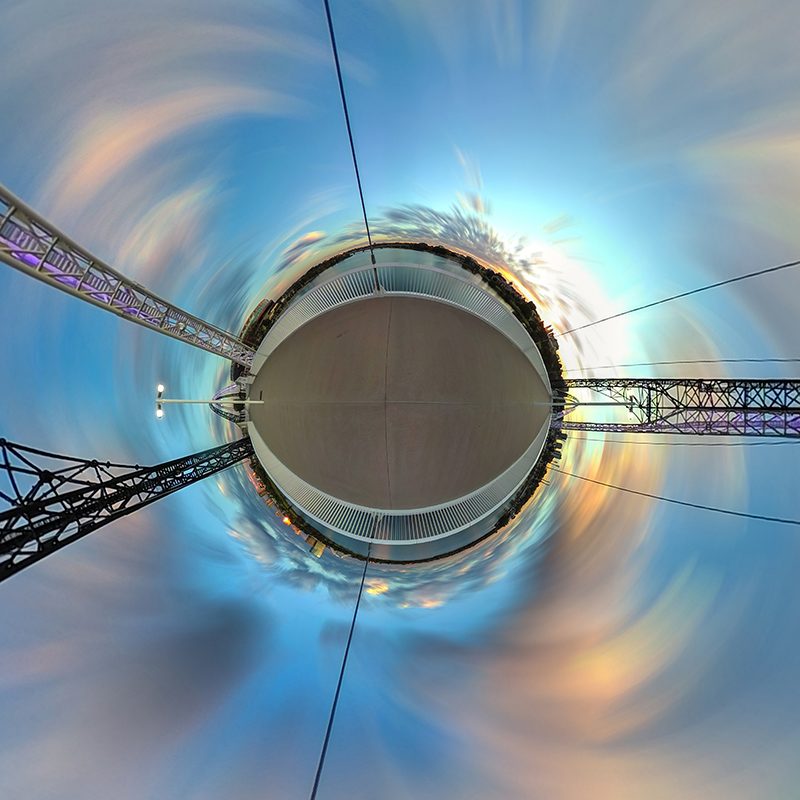
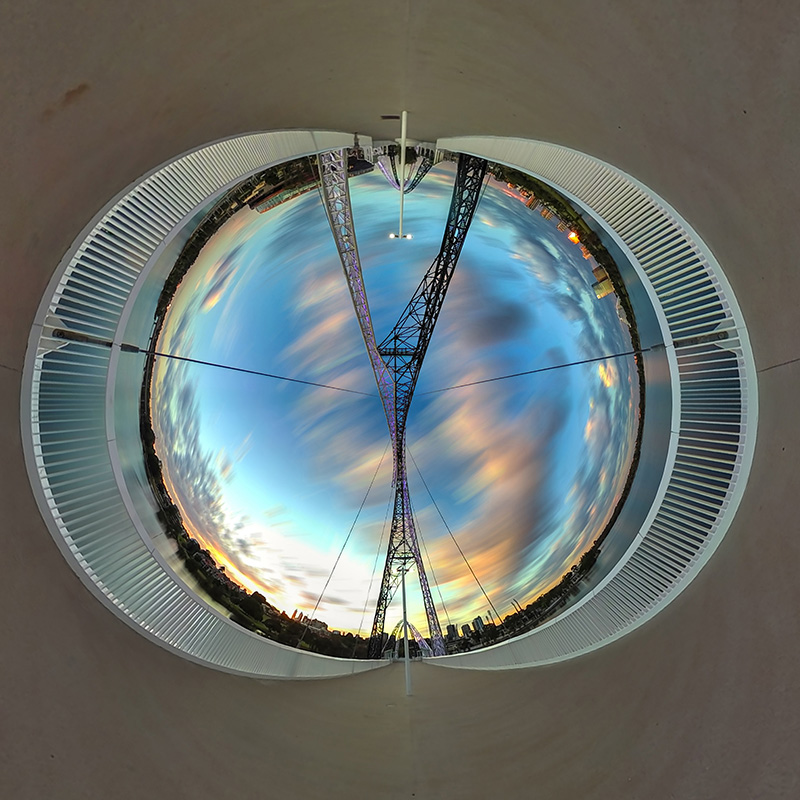
|